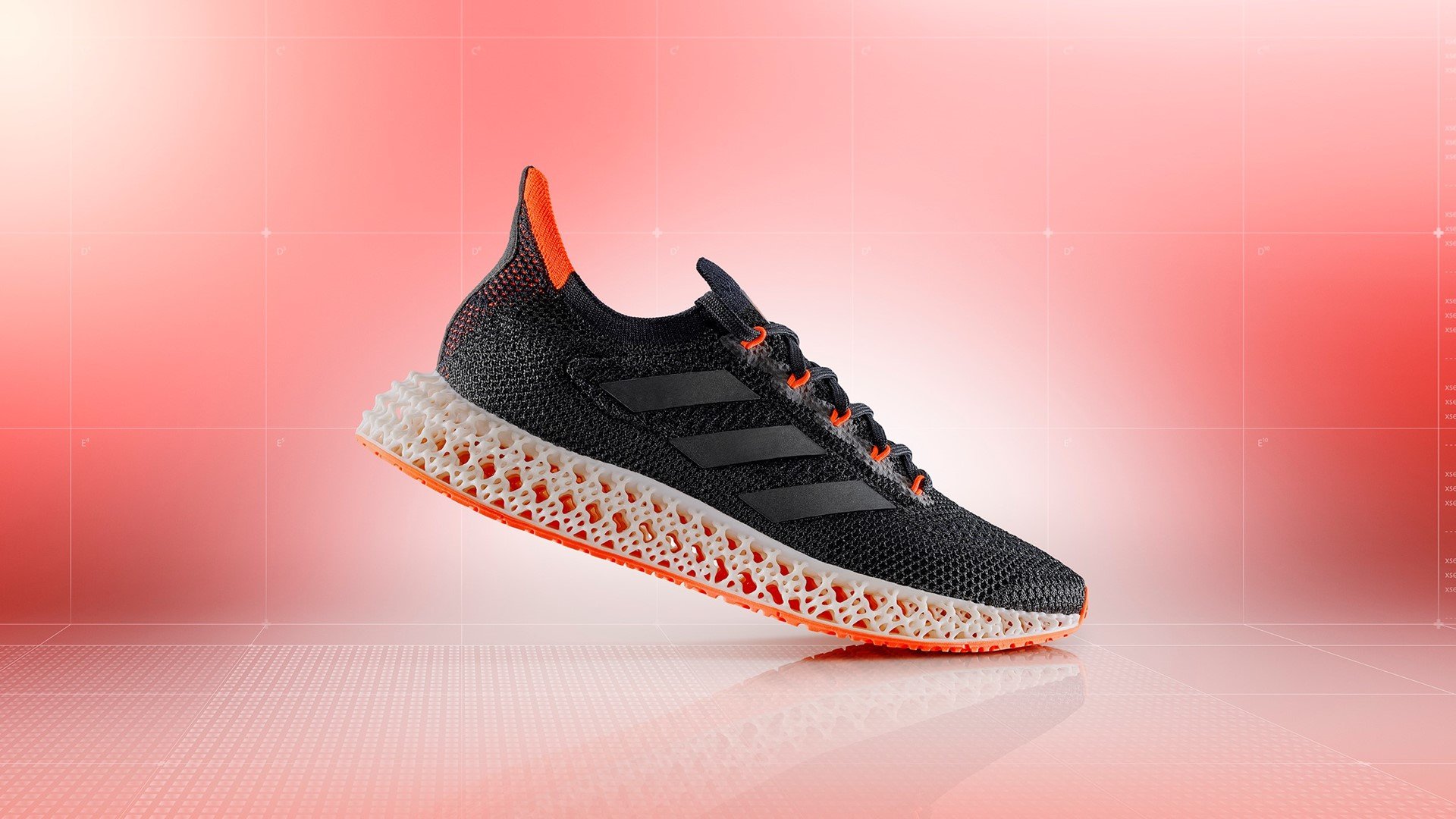Optimizing Shoe Midsoles for Running Performance
Sarah Fay completed her PHD thesis in Mechanical Engineering.
Abstract
Running shoe design affects running performance. Running performance most commonly refers to running economy, the rate of oxygen consumed by an athlete running at a given speed, because it compares the input (metabolic) energy to the output (kinetic) energy. Running economy data is collected in highly controlled environments by using gas exchange measurement systems often in the form of wearable masks for runners on treadmills. The process of facilitating such an experiment is slow and requires specialized and expensive equipment; it is not suited for rapid testing of new shoe designs. Rapid evaluation of new shoe designs, however, is increasingly more important with the expansion of the shoe design space due to advancing technology. In particular, additive manufacturing has become a viable option for the mass production of shoe components, which allows for the creation of shoes whose properties vary (and are engineered to vary) in ways that foam casting, which is the traditional midsole fabrication method, does not. These new designs have the potential to improve running performance and are therefore being used by sports brands, especially by adidas, to create their latest lines of shoes. To perform rapid evaluation of these new possible designs, a data-informed, mechanical model for running was developed. This model successfully captures the relationship between shoe properties of well-tested shoes and running performance. This model also allows the flexibility for evaluation of shoes which have yet to be made, particularly those in the new design space afforded by the advances in additive manufacturing. Specific lattice-structured midsoles, like those in the adidas 4D shoe line, were then evaluated using this model. The predicted highest performing shoe design was then fabricated for more formal testing. While COVID-19 restrictions precluded full statistically meaningful evaluation of the shoes, the results of the testing that did occur gave shoe designers confidence in using the model as a rapid evaluation tool in the future.
Read more here.

